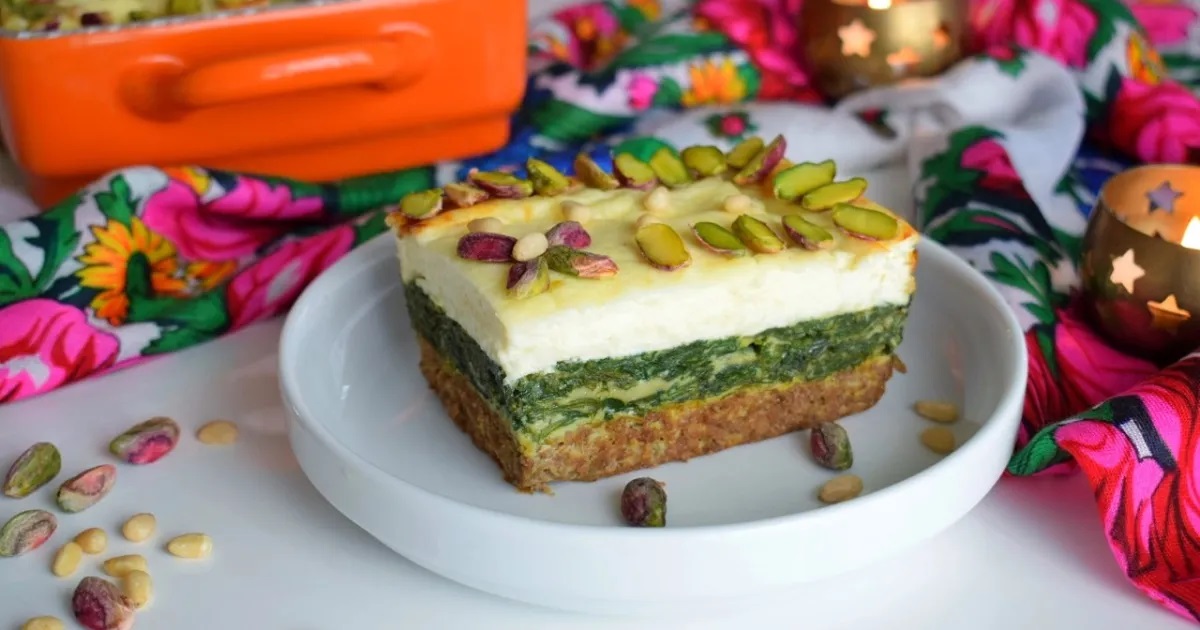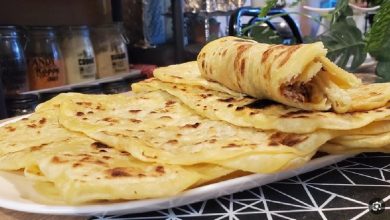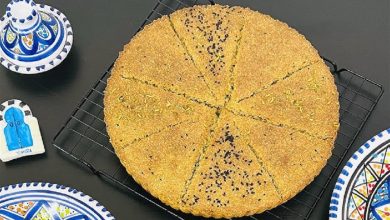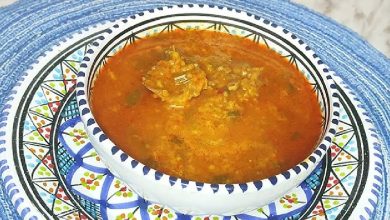Tajine El Bey: Tunisia’s Royal Twist on Baked Egg Casserole
A Rich, Pistachio-Filled Dish That Blends North African Tradition with Ottoman Influence.
Tajine El Bey—literally meaning “The Bey’s Tajine”—is one of Tunisia’s most luxurious and refined traditional dishes. Named after the Ottoman-era rulers of Tunisia known as beys, this dish stands out for its rich ingredients, elegant presentation, and ceremonial value, making it a favorite at weddings, religious celebrations, and holidays.
Unlike the Moroccan tajine, which is a slow-cooked stew made in a clay pot, Tunisian tajine is closer to a savory baked egg and meat casserole, somewhat like a crustless quiche or frittata. Tajine El Bey is considered the most distinguished variation of all Tunisian tajines—reserved for special occasions and guests of honor.
What Makes Tajine El Bey Unique?
What truly sets Tajine El Bey apart is its layered richness and luxurious filling. Here are its standout features:
-
Main ingredients include finely ground meat (typically chicken or lamb), ricotta or mashed potato, eggs, and spices like turmeric and cinnamon.
-
Pistachios, sometimes mixed with almonds, are added for both texture and visual elegance.

- A core filling often includes minced meat, hard-boiled eggs, or cheese, encased within a soft, baked outer layer.
-
It’s typically baked in an oven until golden on top and firm enough to cut into neat slices.
Each bite offers a balance of creamy, nutty, and savory flavors—marking this dish as a bridge between Ottoman opulence and North African culinary tradition.
Cultural Significance in Tunisia
Tajine El Bey is more than just a delicious dish—it’s a symbol of prestige and hospitality. It is especially popular in cities like Tunis, Sfax, and Kairouan, where Ottoman influences left a culinary legacy.
Historically, serving such a dish was a sign of respect and refinement. It’s not unusual for families to spend several hours preparing Tajine El Bey, using passed-down family recipes, especially during Eid, Ramadan, or engagement ceremonies.

Modern Variations and Pairings
Today, Tajine El Bey may include variations with spinach, mushrooms, or seafood, depending on the region and chef. It is often served:
-
Warm or at room temperature
-
Sliced into squares or wedges
-
Accompanied by fresh salad, harissa, or bread
It’s also a popular iftar dish during Ramadan, thanks to its satisfying balance of protein and richness.



